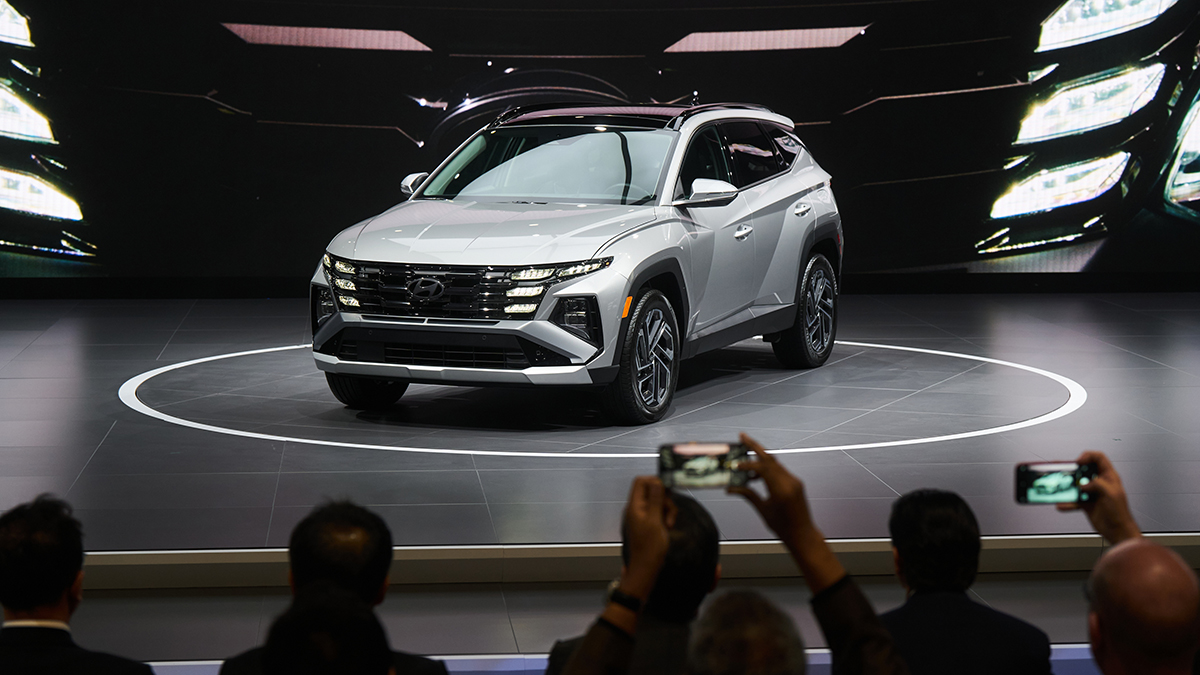When President Barack Obama delivered his first State of the Union address in 2009, unemployment was reaching a 25-year high, and the Dow was headed for a 12-year low. He said, the "state of our union is a concern that rises above all others."
Tuesday night, Obama will likely include a similar sentence: "The state of our union is..." That simple, unequivocal structure, which has been used by almost every president since Lyndon Johnson, is now a standard soundbite that everyone anticipates.
But each State of the Union is unique. Some are remembered for their words, some for their staging and some for their historical impact. And some are remembered much more than others.
Here are the five most noteworthy State of the Union addresses in the last 50 years, according to Gerhard Peters, co-director of The American Presidency Project at the University of California at Santa Barbara.
Lyndon Johnson in 1965: His 1964 speech might be the most noteworthy for policy reasons, because that's when he declared War on Poverty. But his '65 State of the Union was noteworthy for the time: It was the first delivered during prime time. This was the next step in a series of changes over a period of 42 years that helped make the State of the Union a major event: Calvin Coolidge's 1923 speech was the first to be broadcast on the radio, and Harry Truman's in in 1947 was the first televised. By moving the speech to prime time, LBJ transformed it from a political event to a conversation directly with the American people. He recognized that if he did it at prime time, television would be pre-empted, and he could just speak to the entire nation at once.
Richard Nixon in 1974: This was really his last big attempt to persuade the American people that Watergate wasn't a big deal. It didn't work. Nixon also failed the aesthetics test: He just didn't look good. He was sweaty, especially on his upper lip. He looked uncomfortable, he acted uncomfortable and the applause was tepid. It was just awkward.
Ronald Reagan in 1982: The nation met Lenny Skutnick, and presidents have been introducing us to new Lenny Skutnicks ever since. In fact, "Lenny Skutnick" has become a tradition that every president has followed in almost every State of the Union since. That's when the president acknowledges somebody sitting in the gallery. It's usually some sort of hero or inspirational figure. Clinton had Rosa Parks, Sammy Sosa, Hank Aaron. Skutnick worked for the federal government and jumped into the Potomac River after a plane crash to save lives. Reagan acknowledged him as the quintessential exemplar of American spirit.
George W. Bush in 2002 and 2003: In 2002, George W. Bush introduced us to the Axis of Evil — Iran, Iraq and North Korea. In 2003, Bush used the State of the Union to persuade the country to go to war with Iraq, pointing to the Yellow Cake uranium in Africa.
Bush was not known as a great orator. On the contrary, he was attacked relentlessly throughout his presidency for his verbal missteps. So it's somewhat ironic that when asked who he thinks made the best use of the State of the Union, Peters points to the man who led us into war in Iraq.
"Generically, if you need to start a war in a democracy, you need to get the people on your side," Peters said. "If I were president and I wanted to launch a just war, setting aside whether the Iraq war was a just war, I might follow a similar path that Bush did — I might check my facts first."
U.S. & World
"50-SOTU"
Click on the link above to see this word cloud at WordItOut. You may also view it on this website if you enable JavaScript (see your web browser settings).
Word cloud of every State of the Union from JFK to Obama made with WordItOut



